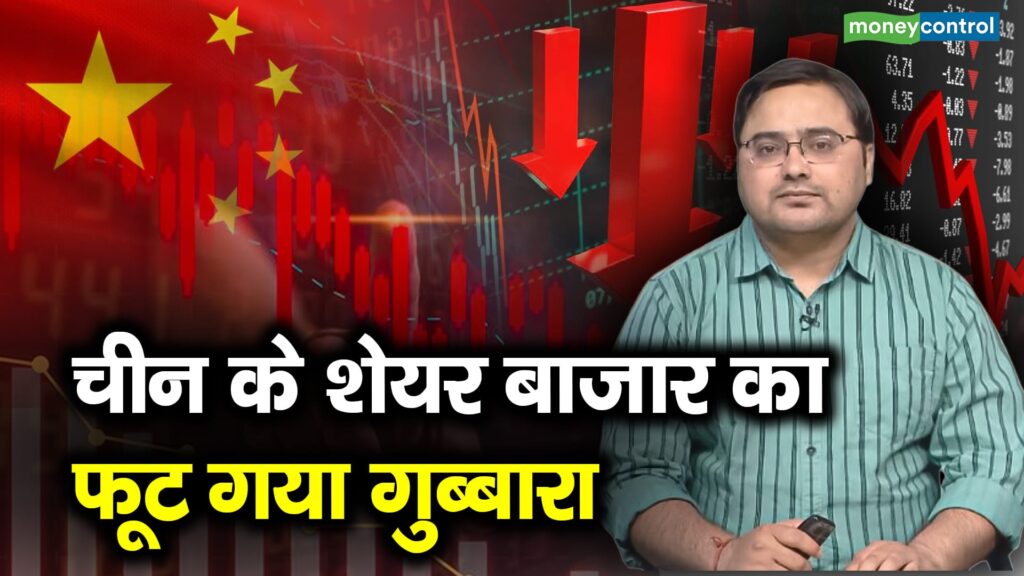Introduction
The recent developments in China’s stock markets have raised concerns for investors, signaling a potential burst of the economic bubble that has formed over the years. With disappointing economic announcements and the added tension of the U.S. presidential elections, the outlook for foreign investment in China appears grim. In contrast, these developments could offer a silver lining for India, positioning it favorably in the global economic landscape. Let’s explore the factors contributing to this situation and what it means for both China and India.
Factors Contributing to China’s Economic Bubble
Economic Announcements and Their Impact
Recent economic data from China has revealed slower growth rates and increasing debt levels, leaving investors apprehensive. For instance, China’s GDP growth in the last quarter fell below expectations, indicating a potential slowdown in its economy. The following table summarizes key economic indicators affecting investor sentiment:
| Economic Indicator | Current Value | Previous Value |
|---|---|---|
| GDP Growth Rate | 4.5% | 5.2% |
| Manufacturing PMI | 49.5 | 50.2 |
| Trade Balance | $58 Billion | $65 Billion |
| Debt-to-GDP Ratio | 300% | 295% |
Geopolitical Tensions and Their Effect
The geopolitical landscape has also contributed to the uncertainty surrounding China’s economy. The ongoing tensions between the U.S. and China, particularly in trade and technology, have intensified with the approach of the U.S. presidential elections. These tensions can lead to further restrictions on Chinese companies and investments, which negatively impacts investor confidence.
Opportunities for India Amidst China’s Challenges
Foreign Investment Shifts
As China grapples with economic and geopolitical challenges, investors are increasingly looking towards India as a viable alternative. India’s robust economic fundamentals and favorable demographic trends present a strong case for investment. Here are some reasons why India is becoming an attractive destination:
- Diversified Economy: India has a diverse economic base, including technology, pharmaceuticals, and manufacturing.
- Growing Consumer Market: With a young population and increasing disposable incomes, India’s consumer market is expanding rapidly.
- Reform Initiatives: The Indian government has undertaken several reforms to facilitate easier doing business, attracting foreign investments.
Trade Relations and Economic Collaborations
India has also been enhancing its trade relations with several countries, positioning itself as an alternative to China in global supply chains. Initiatives like “Make in India” aim at boosting manufacturing and reducing dependency on foreign imports. Collaborations in technology and trade with countries like the U.S., Japan, and Australia are strengthening India’s economic standing.
Conclusion
The unfolding scenario in the Chinese stock markets serves as a cautionary tale for investors, highlighting the potential risks associated with economic bubbles. As China faces its challenges, India is well-placed to leverage these shifts to become a more attractive destination for foreign investment. With its growing economy, expanding consumer base, and proactive government policies, India stands to gain significantly in the evolving global landscape, potentially shaping the future of economic growth in Asia.
